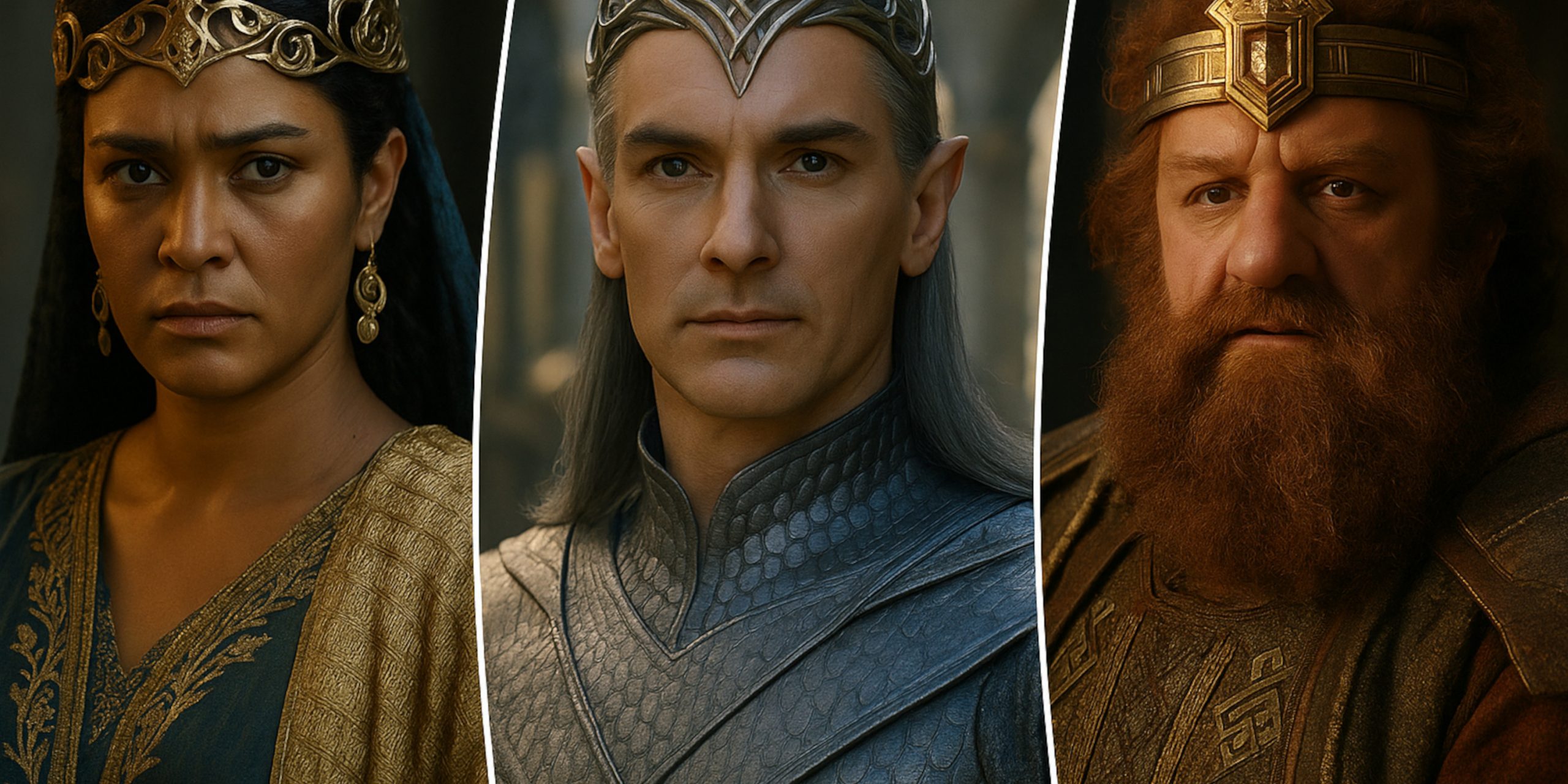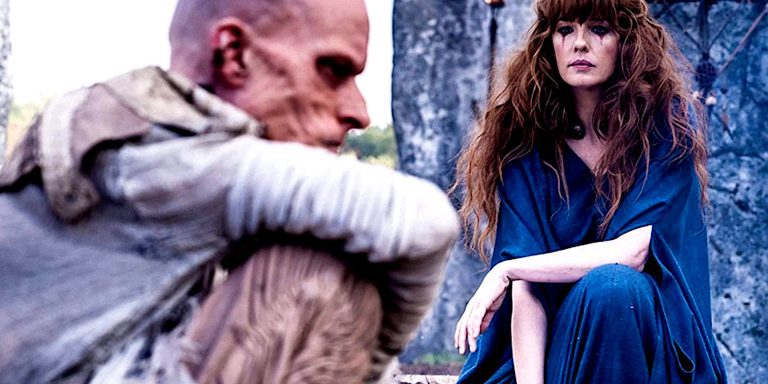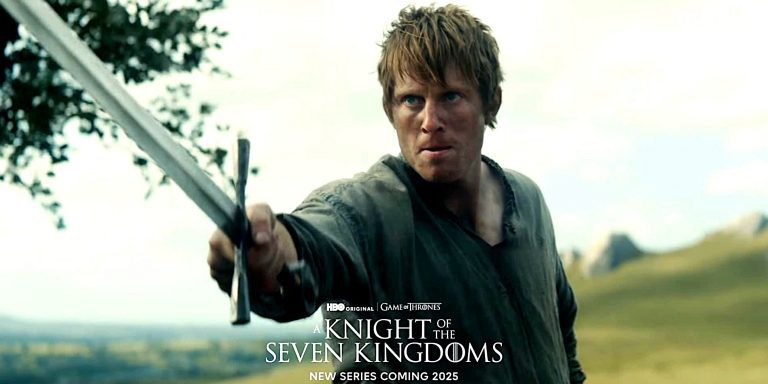
The Rings of Power, set within the world of J.R.R. Tolkien’s Middle-earth, showcases a variety of influential rulers, each with their own aspirations, struggles, and legacies. Let’s take a look at key rulers in the series, from those who seek power to those who strive for peace. With rich backgrounds rooted in Tolkien’s lore, these leaders play crucial roles in shaping the events of The Lord of the Rings universe.
High King Gil-galad
Gil-galad was the last High King of the Elves in Middle-earth, a noble and revered figure who commanded the forces of the Elven realms. Known for his wisdom and strength, Gil-galad ruled during a time of immense danger, as Sauron’s power steadily grew. Despite his efforts to unite the Elves and their allies, his reign was marked by a fierce, prolonged struggle against the Dark Lord. His tragic death at the hands of Sauron in the Last Alliance of Elves and Men is a pivotal moment in Middle-earth’s history, as it signifies the ultimate defeat of Elven power in the Third Age.
Elrond
Elrond, Lord of Rivendell, is one of the most iconic and long-lived figures in Tolkien’s world. A half-elven ruler, Elrond’s wisdom and diplomacy were critical during the events leading to the War of the Ring. As the ruler of Rivendell, Elrond served as a wise counsellor to both the Free Peoples of Middle-earth and the various factions, such as the Dwarves and Men. His leadership was integral in the formation of the Fellowship of the Ring. He is deeply connected to the legacy of both Elvenkind and Men, embodying the hope for unity in a world ravaged by division.
Galadriel
Galadriel, the Lady of Lothlórien, stands as one of the most powerful and influential rulers of Middle-earth. Her reign, though peaceful, was marked by the deep wisdom she acquired through her long life. Galadriel’s power is not just political but also deeply magical, derived from her status as one of the Three Elven Rings bearers. Throughout her leadership, Galadriel demonstrated exceptional foresight, and her understanding of the balance of power in Middle-earth was crucial to the protection of her people. Her eventual departure from Middle-earth, alongside other Elven lords, signifies the passing of an era.
King Durin III
Durin III is the ruler of Erebor, the Kingdom under the Mountain, during the events of The Rings of Power. A member of the line of Durin, the oldest of the seven Dwarf Lords, he represents the enduring legacy of the Dwarves in Middle-earth. His kingdom faces growing tensions as the rise of Sauron threatens the fragile peace. Durin’s leadership is tested by internal divisions and the larger threat of the Dark Lord’s influence. His story is emblematic of the Dwarves’ resilience and their role in the unfolding conflict.
King Pharazôn
Pharazôn is one of the most ambitious and controversial figures in The Rings of Power. He is the last king of Númenor, the once-great island kingdom of Men. His reign marks the fall of Númenor, driven by his greed, vanity, and desire to conquer the immortal life offered by the Valar. Pharazôn’s pursuit of power ultimately leads him to defy the Valar themselves, bringing about the kingdom’s catastrophic destruction. His character embodies the dangers of unchecked ambition and the corruption of power.
Queen Míriel
Queen Míriel, the last queen of Númenor, stands as one of the tragic figures in The Rings of Power. Her reign is overshadowed by Pharazôn’s overreach, but she is a strong leader in her own right, initially showing a desire to guide Númenor with wisdom and compassion. Míriel’s internal conflict, particularly regarding the fate of her kingdom, highlights the struggle between duty to her people and the overwhelming influence of her malevolent cousin. Despite her eventual downfall, Míriel remains a symbol of Númenor’s lost greatness.
King Ondoher
King Ondoher of Gondor appears briefly in the extended lore of Tolkien’s universe. His reign is marked by external threats to Gondor’s borders and internal political tensions. Though his death comes at the hands of the forces of the East, Ondoher’s legacy is crucial in understanding the continuing challenges faced by Gondor, particularly its ongoing struggle against forces of darkness. His tragic death, leading to the rise of his son, is one of the moments that shape the future of Gondor during the Third Age.
Isildur
While not a king in the traditional sense during the events of The Rings of Power, Isildur is a pivotal figure in the story of Middle-earth. He is the heir to the throne of Gondor, but his character is most remembered for his fateful decision to keep the One Ring after Sauron’s defeat. This act of hubris leads to his eventual downfall and the loss of the Ring for many years, only for it to resurface later and bring about the eventual destruction of Sauron. Isildur’s actions highlight the deep moral and political consequences of leadership, as well as the personal flaws that often accompany power.
The Last Ruler of Númenor
The end of Númenor is marked by the death of its last ruler, a grim chapter in the history of Middle-earth. With the downfall of the island kingdom, its surviving inhabitants are left scattered across Middle-earth, with the legacy of Númenor influencing future rulers of Gondor and Arnor. This final ruler, caught in the destructive ambitions of his predecessors, fails to avert the island’s ruin. His failure underscores the deep connection between leadership and the forces of fate in Tolkien’s works.
The Seven Swords takeaway
The kings and rulers featured in The Rings of Power often represent the complexities of power, ambition, and legacy. Their actions, successes, and failures ripple through the fabric of Middle-earth, shaping the events that lead to the rise and fall of civilizations. Whether driven by noble intentions or corrupted by their desires, each ruler’s story adds depth to the intricate world J.R.R. Tolkien created, and their impact resonates long after their time has passed.



